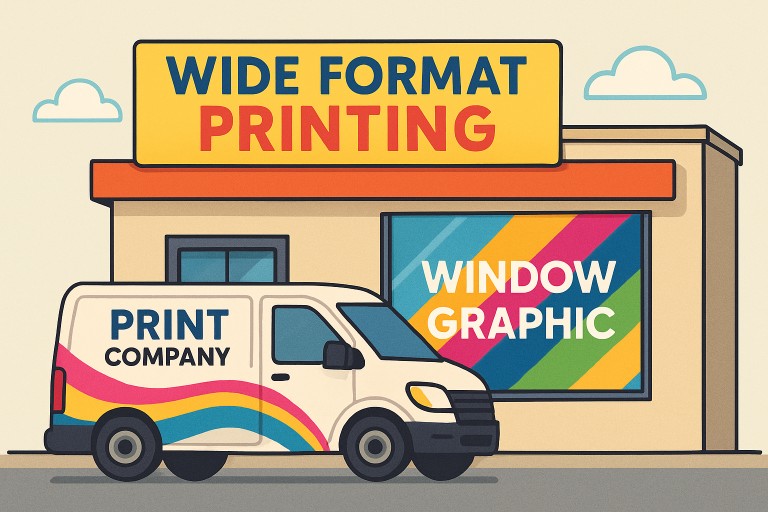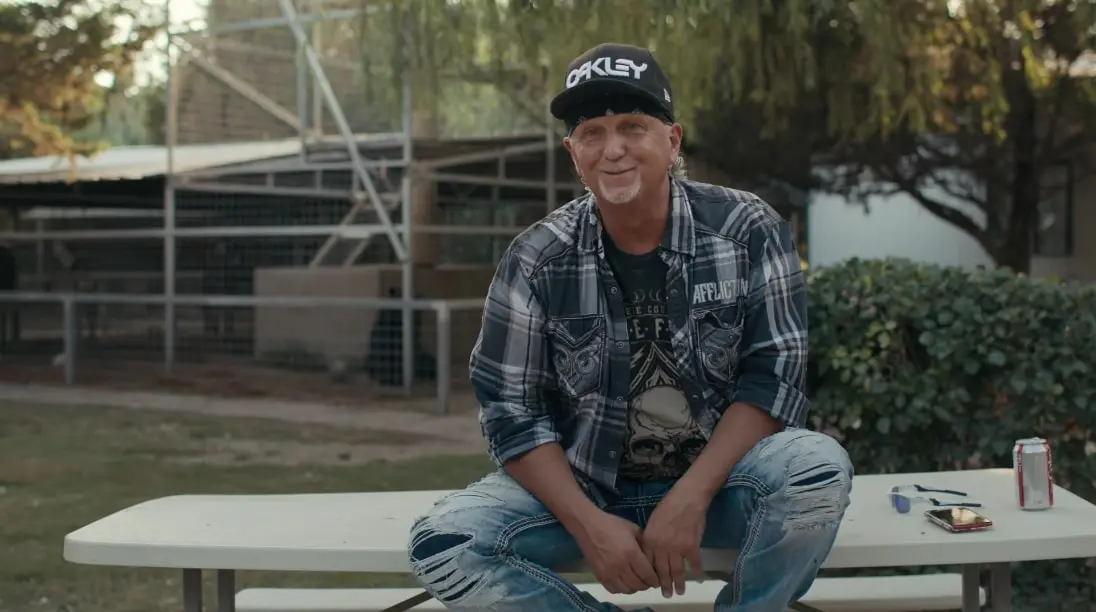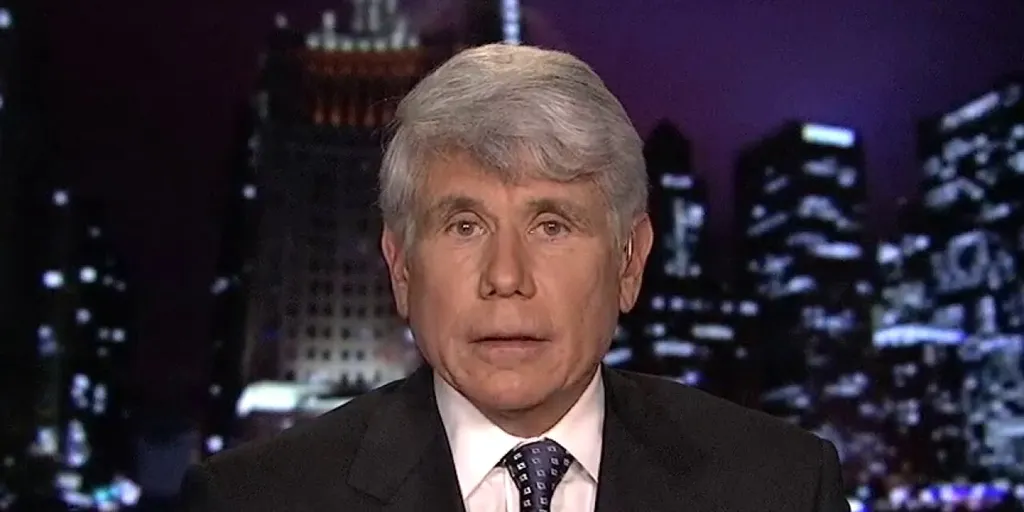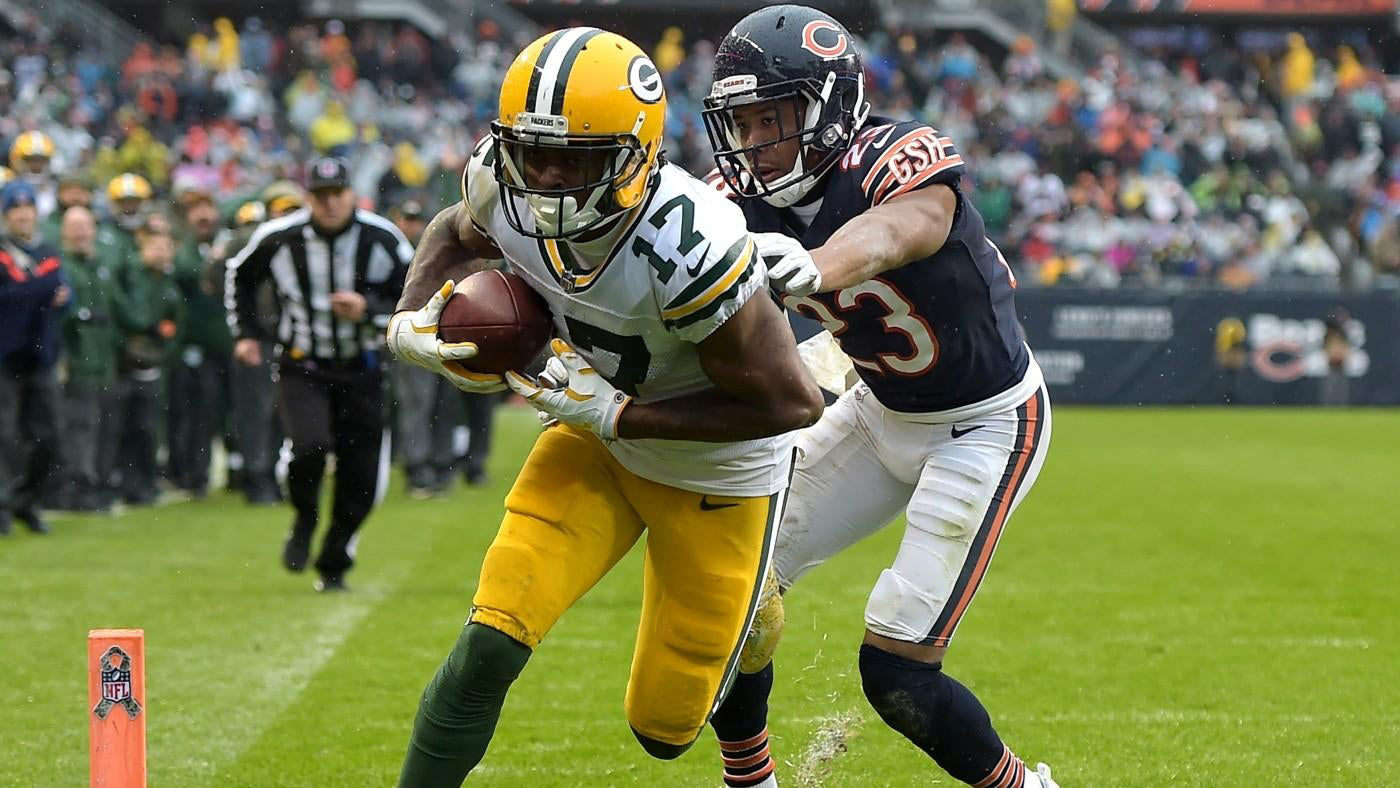What Is Wide Format Printing?
Wide format printing enables businesses to produce vibrant, attention-grabbing graphics on a scale that goes far beyond the size of traditional office printers. Utilizing advanced technology and specialized equipment, this process outputs large marketing materials like banners, murals, window graphics, and more. The ability to print on a wide range of substrates—including vinyl, fabric, canvas, and even metal—gives companies endless possibilities for creating stand-out visuals. For businesses seeking to elevate their marketing presence and reach their audience more effectively, wide format printing Clarks Summit offers a host of adaptable solutions for all display needs.
Whether for outdoor displays, trade show exhibits, or wall art, wide-format printing’s flexibility lets businesses tailor messages for any environment. From startups to big brands, companies use this tech to reinforce identity and promote with clarity and detail. Growing demand for high-impact visuals makes wide-format printing essential in modern advertising.
Signs, Banners, and Beyond: Everyday Uses
Wide format printing is a versatile technology used in various business settings, including shopfront signs, property boards, hoardings, and event banners. Its high-quality signage significantly impacts customer acquisition, making it essential for local shops and large chains. It also excels in producing vehicle graphics and wraps, which turn company vehicles into billboards, generating thousands of daily impressions and making businesses memorable in a competitive marketplace.
Boosting Brand Visibility with Large Graphics
Wide-format graphics, like building wraps and window displays, are crucial for businesses to enhance brand awareness and shape their public image. Studies show that 60% of consumers choose a company based on its signage, emphasizing the importance of impactful design. Cohesive large-format branding can be integrated across various platforms, such as storefronts, vehicles, pop-up events, and pop culture collaborations, fostering trust and recognition, driving foot traffic, and online engagement.

Interior Design and Environmental Graphics
Wide format printing is increasingly used in interior environments of businesses, such as offices, restaurants, schools, and healthcare facilities, to create personalized and purposeful spaces. This includes branded murals and themed graphics to enhance patient comfort. Custom-printed wallpapers and window films are popular for updating interiors frequently and affordably, communicating company values, motivating employees, and improving visitor experiences while staying current with design trends.
Retail and Event Innovation
Modern retailers and event planners are increasingly using wide-format printing to create memorable experiences for customers and attendees. Innovative displays, interactive kiosks, and lifelike cutouts are used to engage and promote events. Expansive banners, branded backdrops, and booth signage drive engagement and social sharing. Large-format visuals not only attract crowds but also prompt spontaneous user-generated content, increasing event reach across social platforms. Retailers using impactful graphics report higher customer dwell times and improved sales.
Eco-Friendly Materials and Inks
Sustainability is influencing every aspect of business, and wide-format printing is no exception. Manufacturers now offer biodegradable banner materials, recyclable substrates, and water-based inks that deliver brilliant color without harmful chemicals. These advancements enable organizations to align their marketing efforts with environmental values and consumer expectations for corporate responsibility.
Selecting eco-friendly options not only reduces your company’s environmental footprint but can be a powerful selling point as more consumers seek out businesses with responsible practices. Enhanced energy efficiency in printing equipment and a push for reusable display systems further support the green movement in the print industry.
The Role of Technology in Design
Advanced digital design software and printing technologies have transformed the way wide-format graphics are created and produced. Designers can now create realistic mockups using 3D modeling and augmented reality tools, reducing revisions and boosting creativity. Modern wide-format printers integrate with cloud-based workflows, enabling real-time collaboration across locations. This technological evolution streamlines production, shortens lead times, and allows brands to respond quickly to new opportunities or trends.
Future Trends in Wide Format Printing
Looking ahead, the wide-format printing landscape continues to evolve with developments in smart technology, personalization, and interactivity. Future trends point to graphics embedded with QR codes and NFC chips, enabling direct engagement with mobile devices. Recyclable and even compostable printing substrates will likely become mainstream, encouraging sustainable marketing on a larger scale.
Personalized and data-driven print campaigns are also on the rise, marrying the tangibility of print with the targeting power of digital marketing. Industry experts predict that these hybrid strategies will become the new standard for brands seeking deep connections and meaningful results.
Conclusion
Wide format printing has evolved far beyond banners and posters—it’s now a dynamic tool that helps modern businesses stand out, communicate clearly, and spark lasting impressions. From eye-catching storefront displays to custom interior graphics and event branding, its creative potential is limited only by imagination.
For businesses competing in visually crowded markets, wide-format printing offers both versatility and impact, turning everyday spaces into powerful storytelling platforms. The future of brand visibility will belong to those willing to experiment boldly—and wide format printing is the canvas waiting to be filled.














